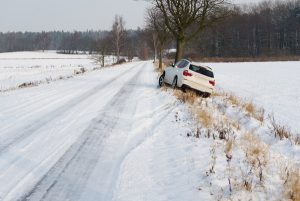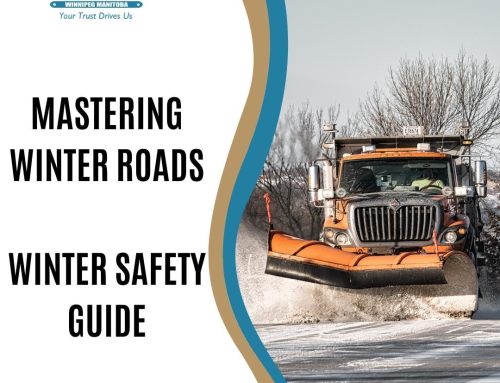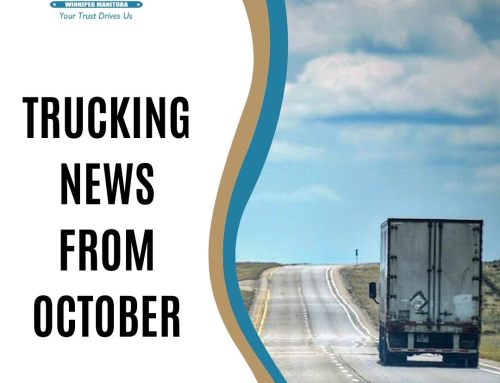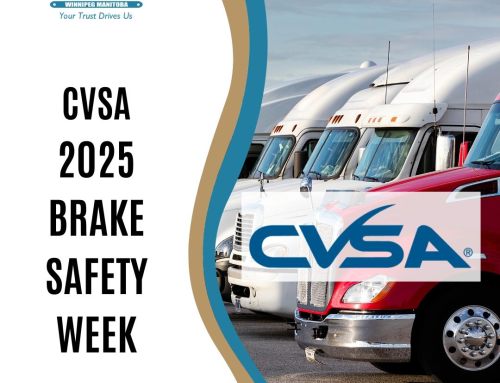 There are millions of drivers out there who have never been in a winter accident. At the same time, there are millions who have. They drive in the same conditions, yet they don’t exercise the same caution or responsibility for their driving.
There are millions of drivers out there who have never been in a winter accident. At the same time, there are millions who have. They drive in the same conditions, yet they don’t exercise the same caution or responsibility for their driving.
Poor Drivers Blame the Roads
Have you ever listened to someone explain their winter accident? More times than not, they blame the road conditions. Reduced visibility and icy roads are the two most commonly blamed reasons that people get into accidents. Why then, do so many others travel the same roads without incident?
Good Drivers Make it Through
Good drivers exercise caution when faced with poor road conditions. They reduce their speeds, increase their following distances and get off, or stay off, the roadways when the roads become too challenging to drive. The key reason these drivers get to where they are going without incident is that they reduce their speed.
Everyone Needs to Exercise Caution During these Weather Conditions
We can’t always stay home or get off the roads when we are faced with the challenges of winter driving, but we can reduce our speeds. Driving a speed appropriate for the road conditions will help ensure that you become one of the millions of drivers who make it through.
Blizzards: The combination of falling, blowing and drifting snow; winds of at least 40km/h; reduced visibility and cold temperatures that can last from a few hours to several days present the most dangerous of winter storms, and driving conditions.
Heavy snowfall: snowfalls of at least 10 centimetres in 12 hours, or at least 15 centimetres in 24 hours. That is a lot of snow. Accumulation of snow on the roadways and reduced visibility are the two hazards drivers must be aware of when hitting the roads.
Freezing rain or drizzle: This can lead to ice storms, with ice covering roads, trees, power lines, etc. Needless to say, the roadways will be icy.
Cold snap: Refers to temperatures that fall rapidly over a very short period of time, causing very icy conditions. Not many driver’s realise the risk that a cold snap can bring to the roadways.
Winds: They create the conditions associated with blizzards, and cause blowing and drifting snow, reducing visibility and causing wind chill.
Black ice: Refers to a thin layer of ice on the road that can be difficult to see or can make the road look black and shiny. The road freezes more quickly in shaded areas, on bridges and on overpasses when it is cold. These areas remain frozen long after the sun has risen.
Slush: Wet snow can make for slushy roads. Heavy slush can build up in the wheel wells of your vehicle and can affect your ability to steer. Large trucks and buses can blow slush and snow onto your windshield, leading to a sudden loss of visibility.
Winter weather can bring some unpredictable storm fronts and road conditions. When we are presented with these challenging conditions we need to take extra precautions on the roadways. Please remember to drive safely, be responsible and slow down when you are out on the roadways this winter.




